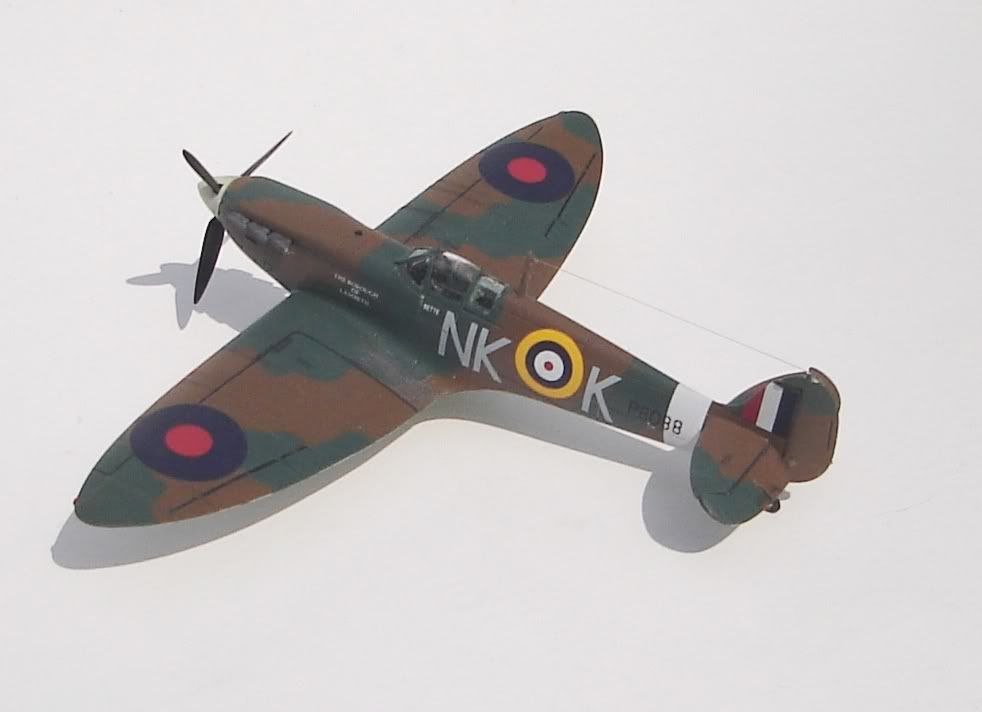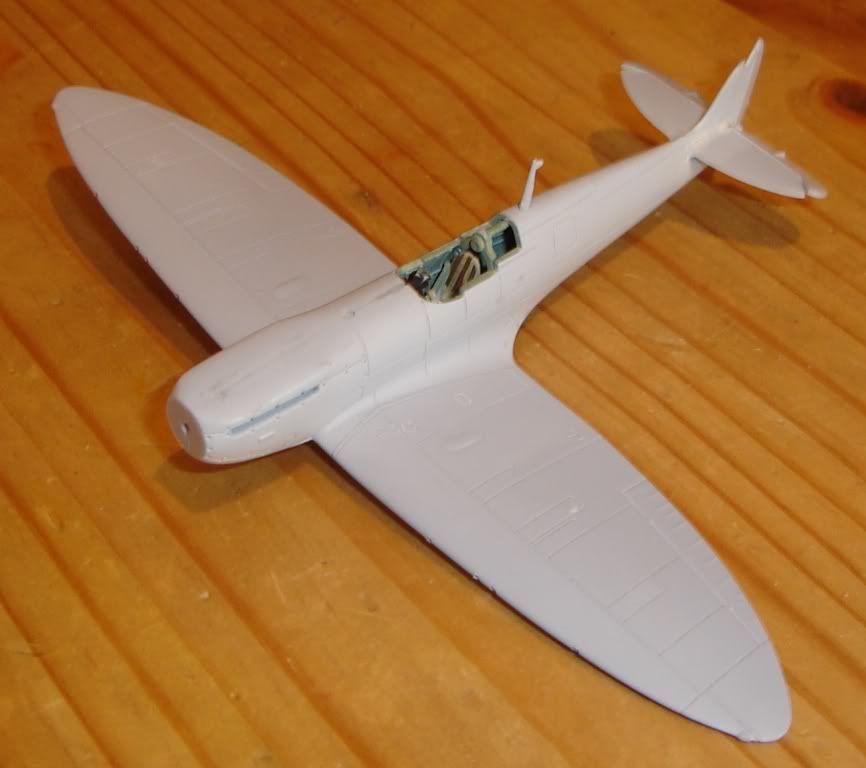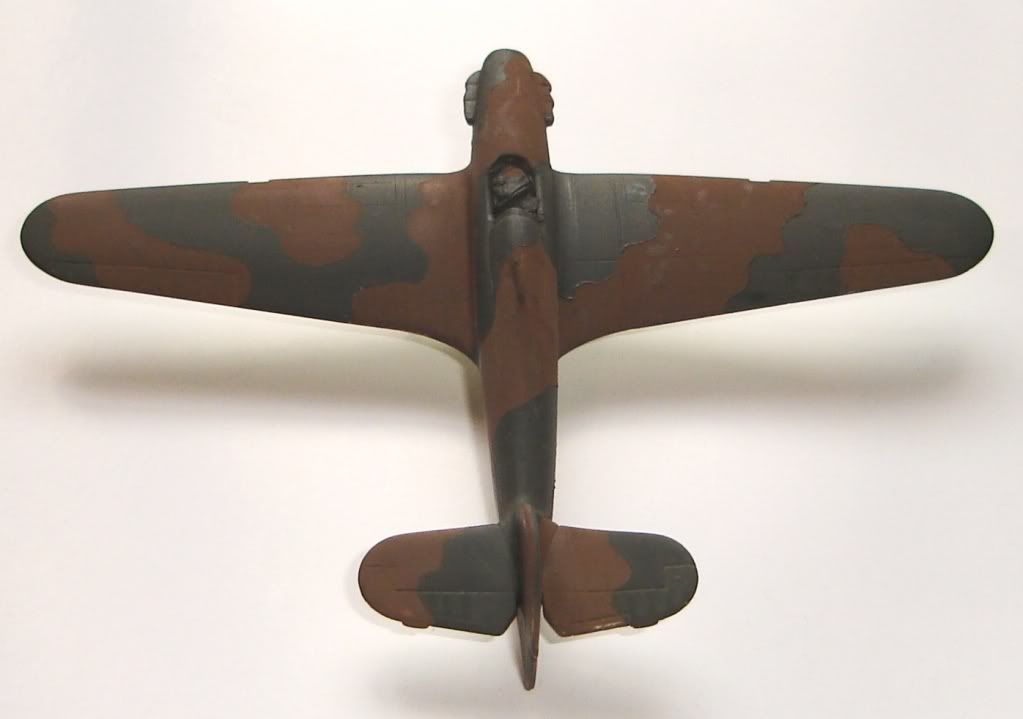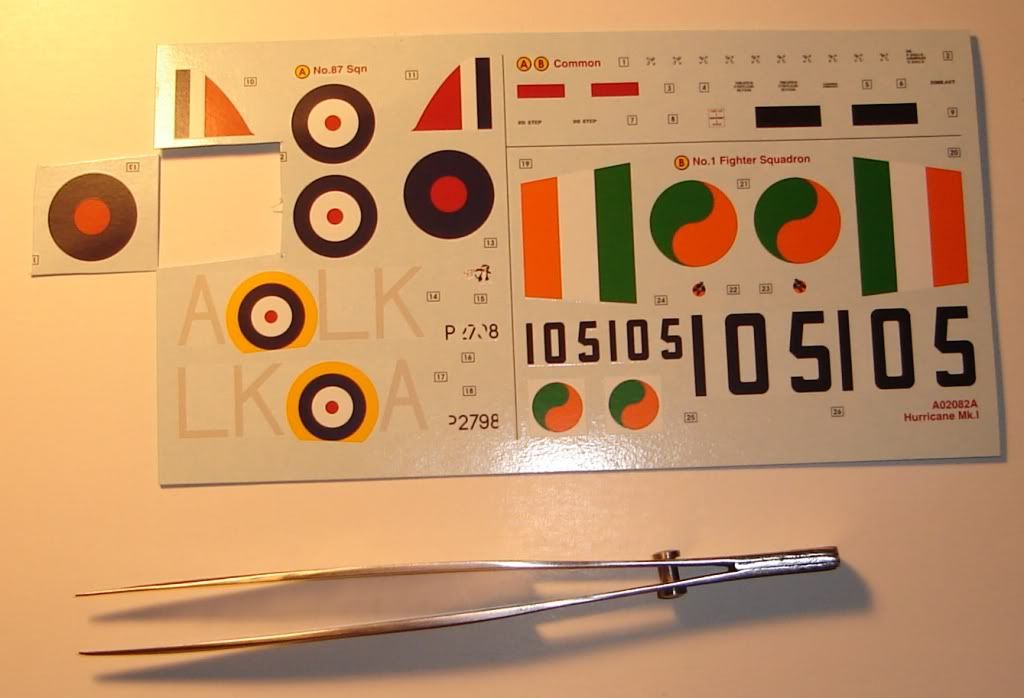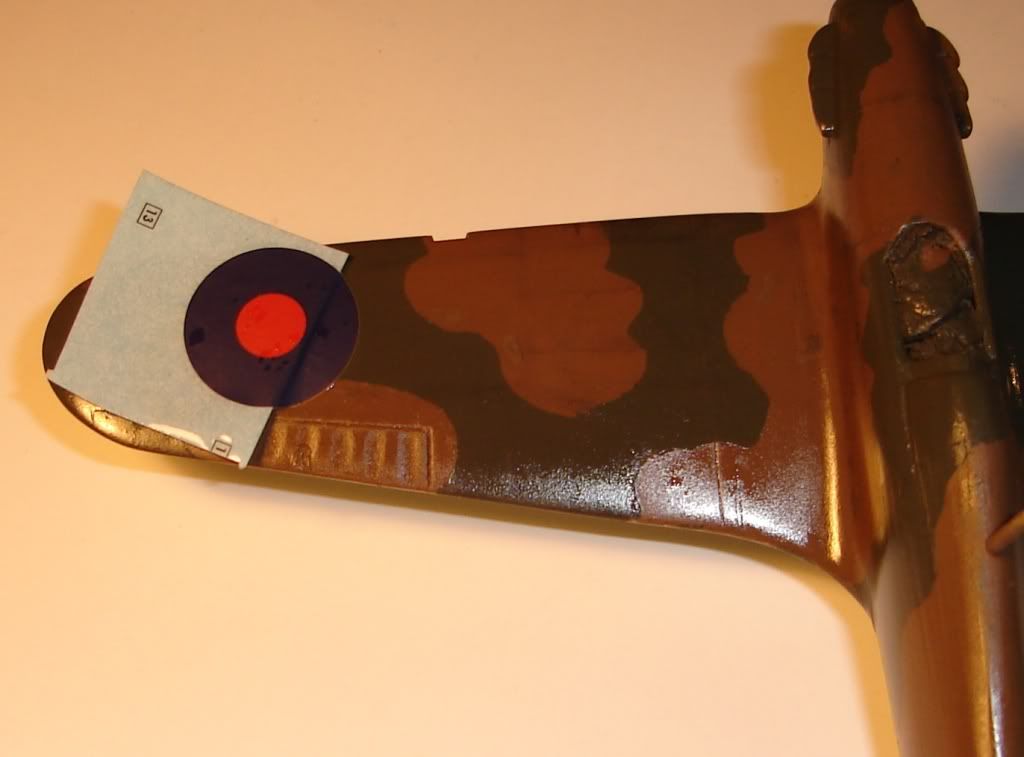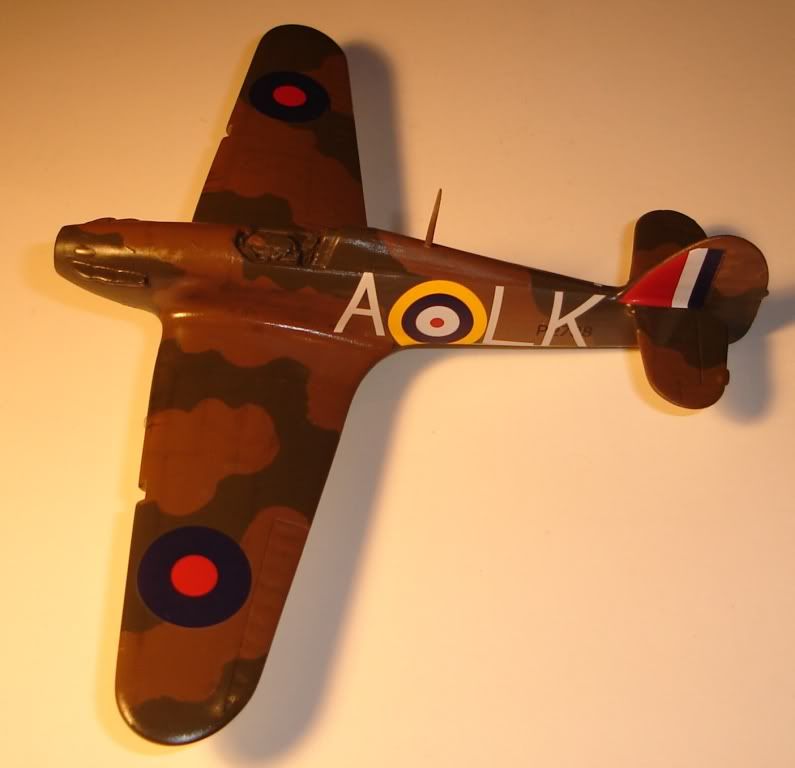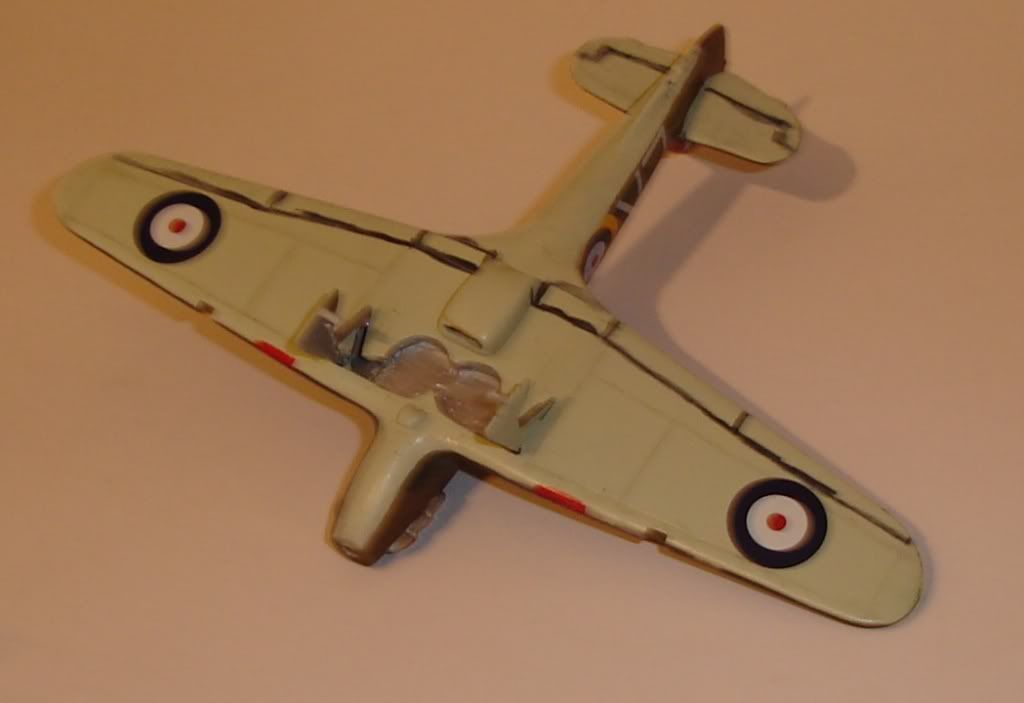Hi fellow modlers
I think we sometimes forfet that there are novice builders out there that might not be able to get to IPMS meets and learn the tricks we have learned over years of modeling
I recon we should share out skills on this thread and maybe help out some of the guys who have not yet been able to get the correct info on how to build some of the absolute stunners I have seen on this forum.
The kit co's sometimes are very vague in the way the instructions are printed and the real "basics" of building is not as apparent as we might think. Things like what tools are needed to start off with, what kit would most likely give good first time results, brush and airbrush painting, how to apply decals, and stuff like weathering tecniques.
I invite all to post there questions ,tricks ,adcvice and how-to methods here. Remeber when we started out (in my case WAY back
I will post a few things I was asked - feel free to join in

Theuns
